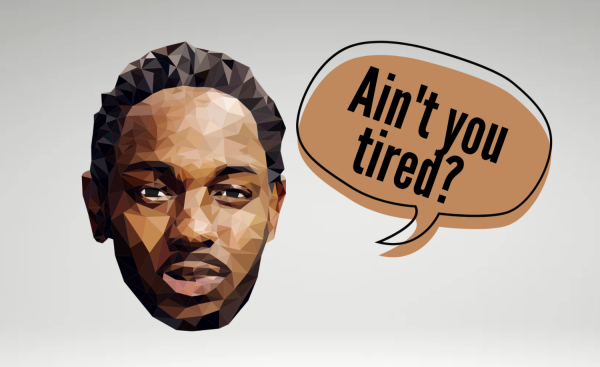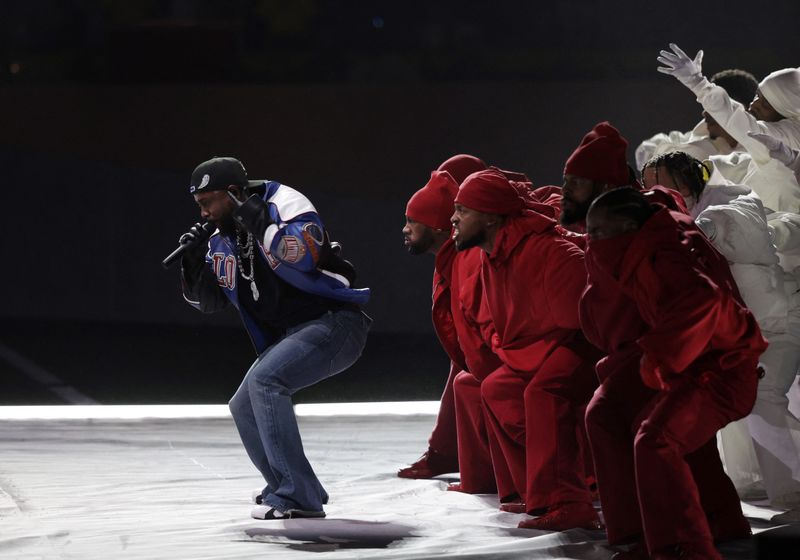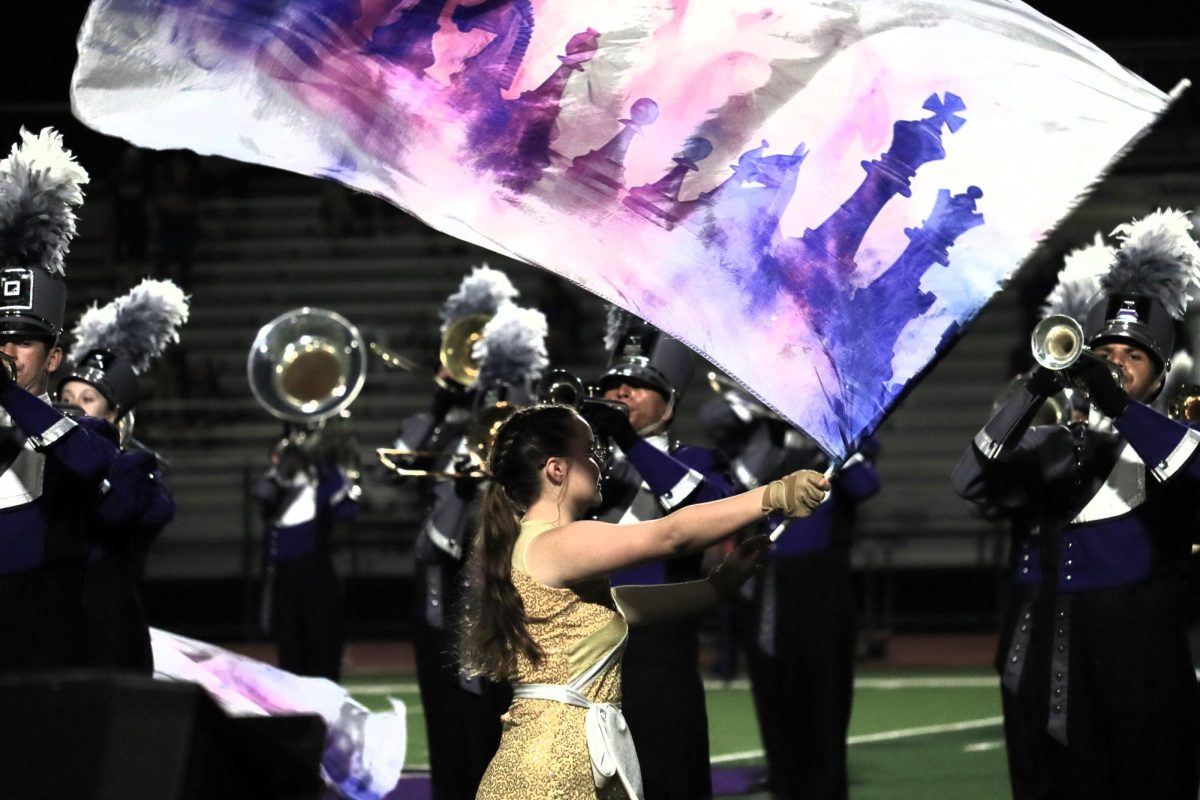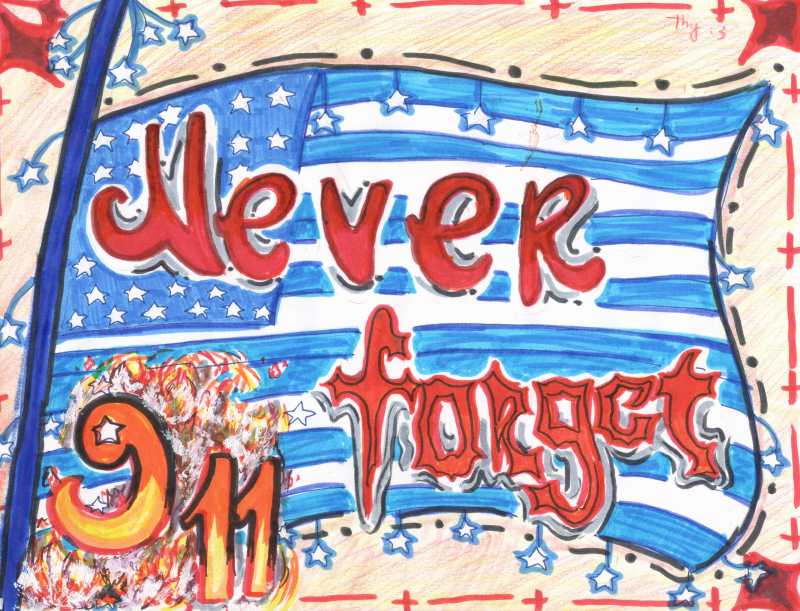Kendrick Lamar’s halftime performance at Super Bowl LIX on February 10, 2025 is in the headlines and blowing up on social media. The show was characterized by its innovative approach, featuring a set list that included both classic hits like “DNA” and new tracks from his anticipated album “GNX,” such as “Not Like Us” and “Squabble Up” all favorite of fans. This strategic choice to introduce new music during such a high profile event reflects a departure from traditional halftime performances typically dominated by established artists.
By doing so, Lamar not only showcased his artistic evolution but also leveraged the massive audience to promote his latest work.
Moreover, songs such as “Not Like Us” encapsulated themes of rivalry and resilience while addressing legal challenges associated with his artistry. The energetic blend of new tracks alongside classics like “Humble” and “DNA” showcased not only Lamar’s growth as an artist but also his commitment to storytelling that reflects collective struggles.
Through intricate choreography and powerful lyrics, Kendrick Lamar transformed his Super Bowl performance into a poignant exploration of identity politics within America’s cultural framework currently happening in the year 2025.
The performance drew considerable attention for its theatrical elements, including vibrant choreography performed by dancers dressed in red, white, and blue. Notably, celebrity cameos such as Serena Williams and Samuel L. Jackson added layers of cultural significance to the show. SZA’s appearance enhanced the emotional depth of the performance through their collaborative songs “Luther” and “All the Stars,” illustrating Lamar’s ability to engage with other artists while maintaining his unique narrative style. This storytelling aspect was central to Lamar’s presentation; he utilized music as a vehicle for commentary on contemporary issues while creating an entertaining spectacle.
Lamar utilized this platform to address not only his ongoing feud with fellow artist Drake but also broader political themes and personal experiences. The performance included a recreation of his album cover art for *GNX* and featured dancers forming an American flag, which many interpreted as a critique of the United States’ historical and current socio political landscape crowding the nation.

One notable aspect of Lamar’s performance was the inclusion of Samuel L. Jackson, who portrayed an “Uncle Sam” character. This role drew parallels to the historical “Uncle Tom” stereotype, providing a nuanced commentary on the complexities of Black identity in America today. By incorporating this character, Lamar highlighted ongoing tensions within Black communities regarding political affiliations and societal expectations, particularly in light of recent events involving Donald Trump’s support among Black voters. This choice underscores how entertainment can serve as a vehicle for critical discourse about race and politics. Those who did not like the performance did not see the bigger picture of the performance’s symbolism. The righteous nation baring its teeth, showing how ignorant people can be.













